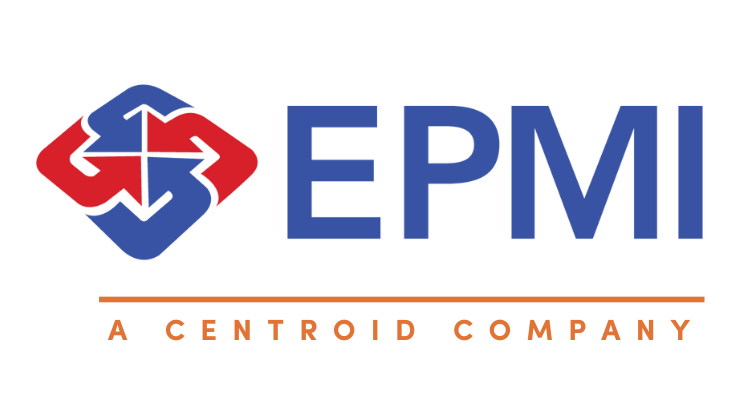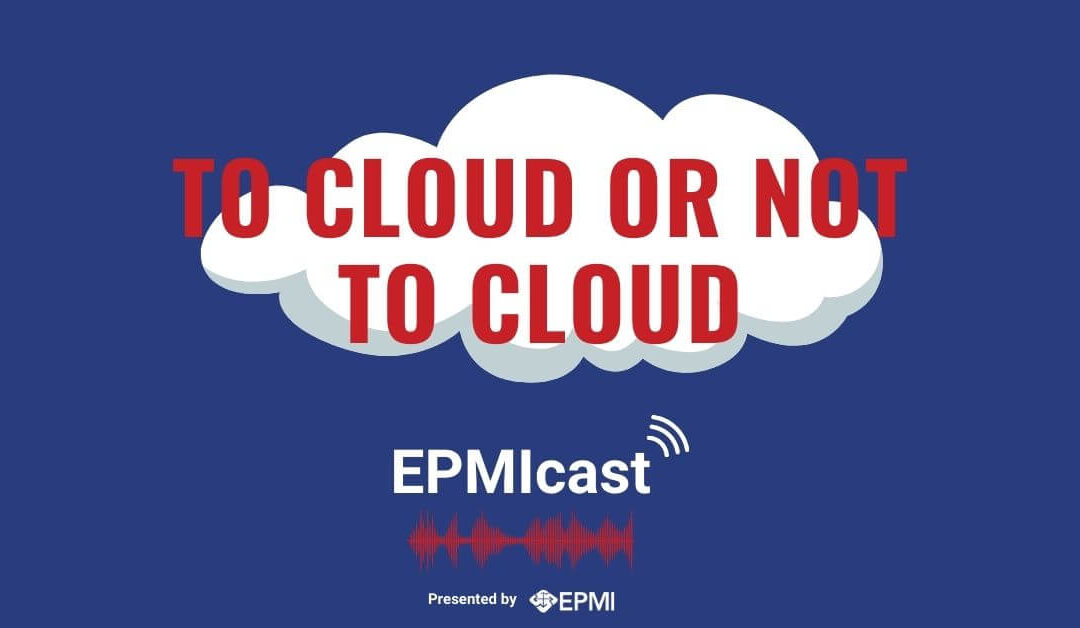Our team of implementation consultants and sales leaders had a candid conversation about the paradigm shift from on-premise to cloud business applications. While we maintain a perspective specifically for the business leaders, these same principles can be applied across lines of business and technology systems.
1) Technology Expectations
As technology continues to proliferate every aspect of our lives, it has become commonplace to maintain certain expectations about ease of use and self-service functionality. The first thing we do every day is check our phones, and business users have come to expect a certain degree of user-friendliness in everything from the cars they drive to the tools they use at work. By charting a path forward that emphasizes continuous improvement, the workforce will feel supported and invested in, resulting in higher productivity in the workplace.
2) Business Evolution/New Functionality
For a lot of organizations, operating models have evolved since the last time they implemented a software tool specific to finance. Dated data models, new product introductions and new customer demographics require a revised approach to looking at their data. Consider the opportunity to upgrade to a modernized Cloud EPM platform as an internal evaluation of the current state of affairs and to reconsider the most relevant KPIs to drive revenue generation. With Cloud EPM applications, the business users are empowered to maintain data hierarchies and integrate with relevant software systems as the business scales. As we say, Cloud EPM is for Closers not Coders.
3) Project Complexity
Complexity in implementing on-premise systems stems from the logistics across consulting resources, physical hardware, real estate footprint and executing under a stringent timeline. Multiple disparate lines of business had to coordinate purchasing, delivery dates, and calendar availability across internal stakeholders. As the number of pieces of the puzzle increases, so does the price to keep them together.
By opting for a cloud application, decision makers are mitigating the risk in a technology implementation. Oracle maintains everything from the plug in the wall to the application itself. Rather than scratching your head wondering if your servers will arrive on time, project stakeholders can focus on defining requirements on configuring the application. There are two costs in a cloud migration: the annual license fee and the implementation itself. Simplicity is critical when implementing business systems, and Cloud EPM has been designed to make your life easier.
The podcast dives deeper with real world examples of how technology has evolved in the workplace. To listen in, stream our latest episode on your preferred platform:

